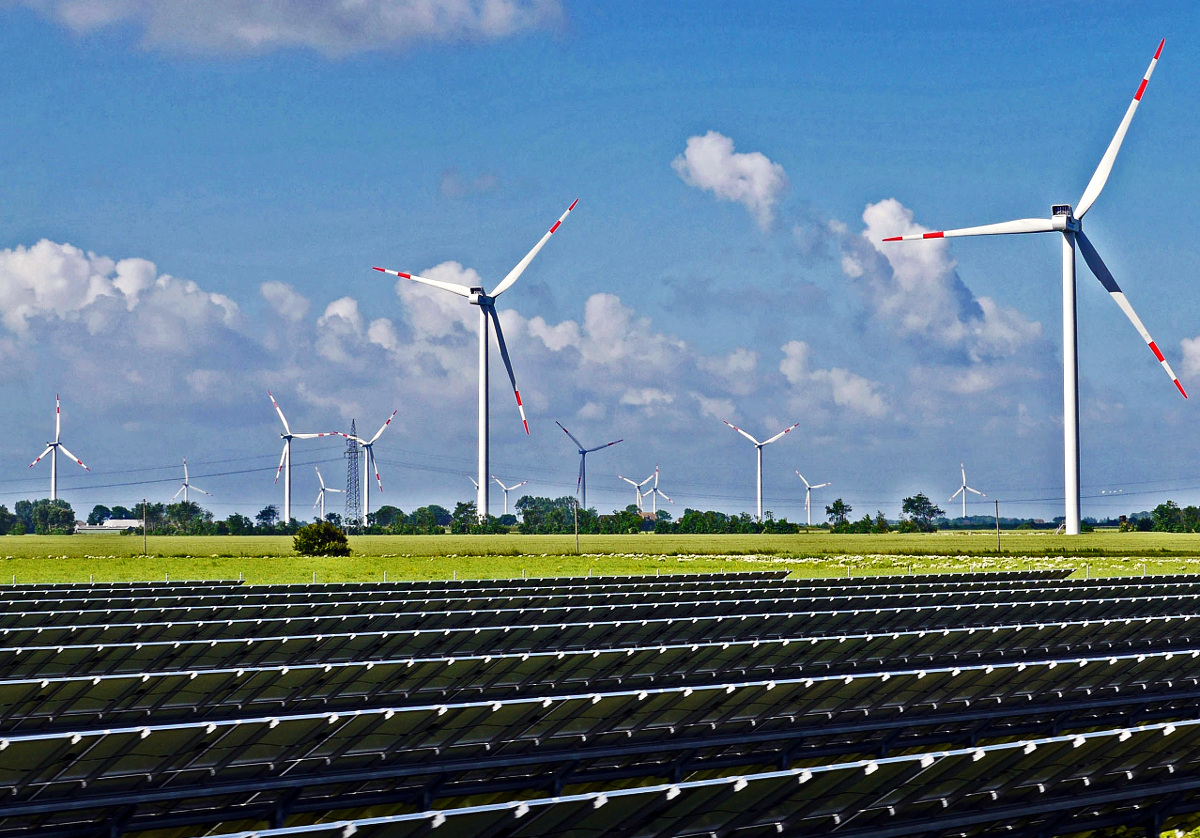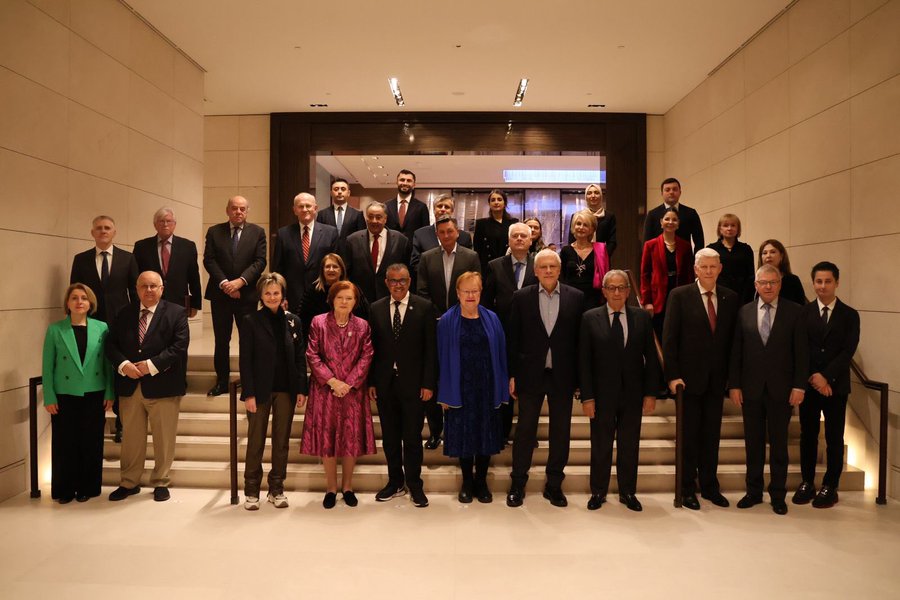At the recently concluded COP28 (Conference of the Parties), there was a demand for a fast, fair, and forever end to fossil fuels. According to the IEA (International Energy Agency), there is a real chance that countries that committed to tripling global renewable energy capacity by 2030 at the conference last month will actually do so.
The IEA stated on Thursday, specifically pointing out that India is expected to meet its goal of installing 500 GW of non-fossil based capacity by 2030 through a set of actions that will further bolster renewable energy generation. It is forecasted that India will add 205 GW over 2023-2028, doubling 2022’s cumulative installed capacity. This will make India the world’s third-largest market for renewables. This was stated in the IEA report named “Renewables 2023”.
In early 2025, renewable energy is expected to overtake coal to become the largest energy source for electricity generation globally. Variable renewable generation is likely to surpass hydropower in 2024. The introduction of a closed-envelope bidding process for wind and improvements in grid-access rules for commercially distributed solar power are due to an increase in the capacity of auctions through which renewable projects are allotted. The settlement of the majority of overdue payments to generators has led to a 3% upward forecast revision in India’s installed renewable capacity.
Similar Posts
Compared with the previous five years, solar PV and onshore wind additions through 2028 are expected to more than double in the US, the European Union, India, and Brazil. China is still leading the way. According to the IEA, China will account for almost 60% of the renewable capacity expected to become operational globally by 2028.
Several of the IEA’s priorities were reflected in the Global Stocktake text agreed upon by the 198 governments at COP28. They included the goals of tripling renewable and doubling the annual rate of energy efficiency improvement every year to 2030. Tripling global renewable capacity in the power sector from 2022 levels by 2030 would take it above 11,000 GW. This is in line with the IEA’s Net Zero Emissions by 2050 (NZE) Scenario.
Last month, history was made in Dubai when 196 countries agreed to transition away from fossil fuels in energy systems in a just, orderly, and equitable manner. This will accelerate action in this critical decade. The goal of NZE emissions by 2050 will be achieved by the above process.

















